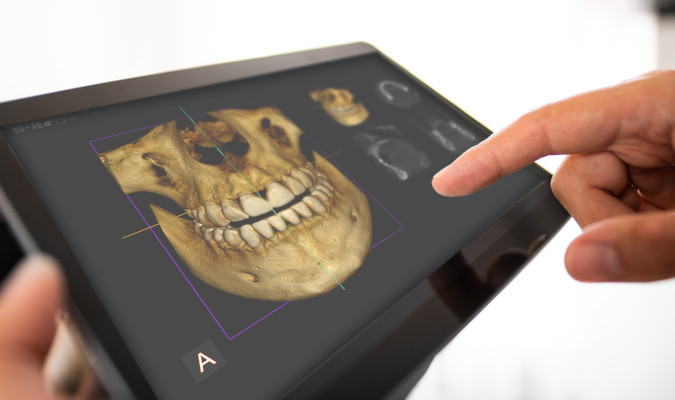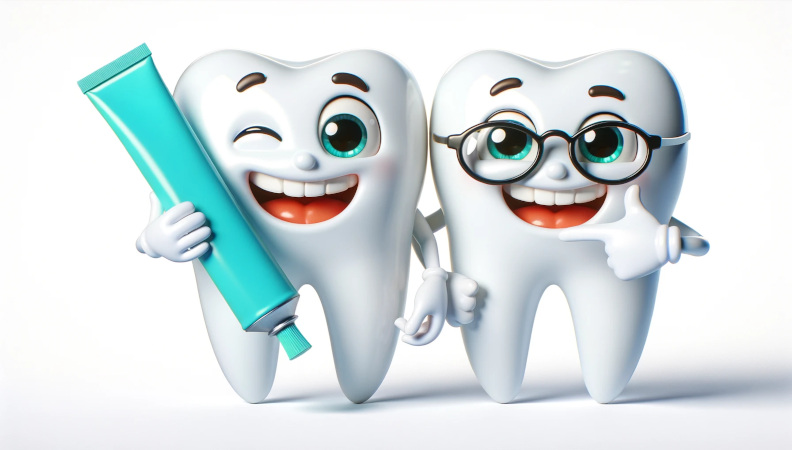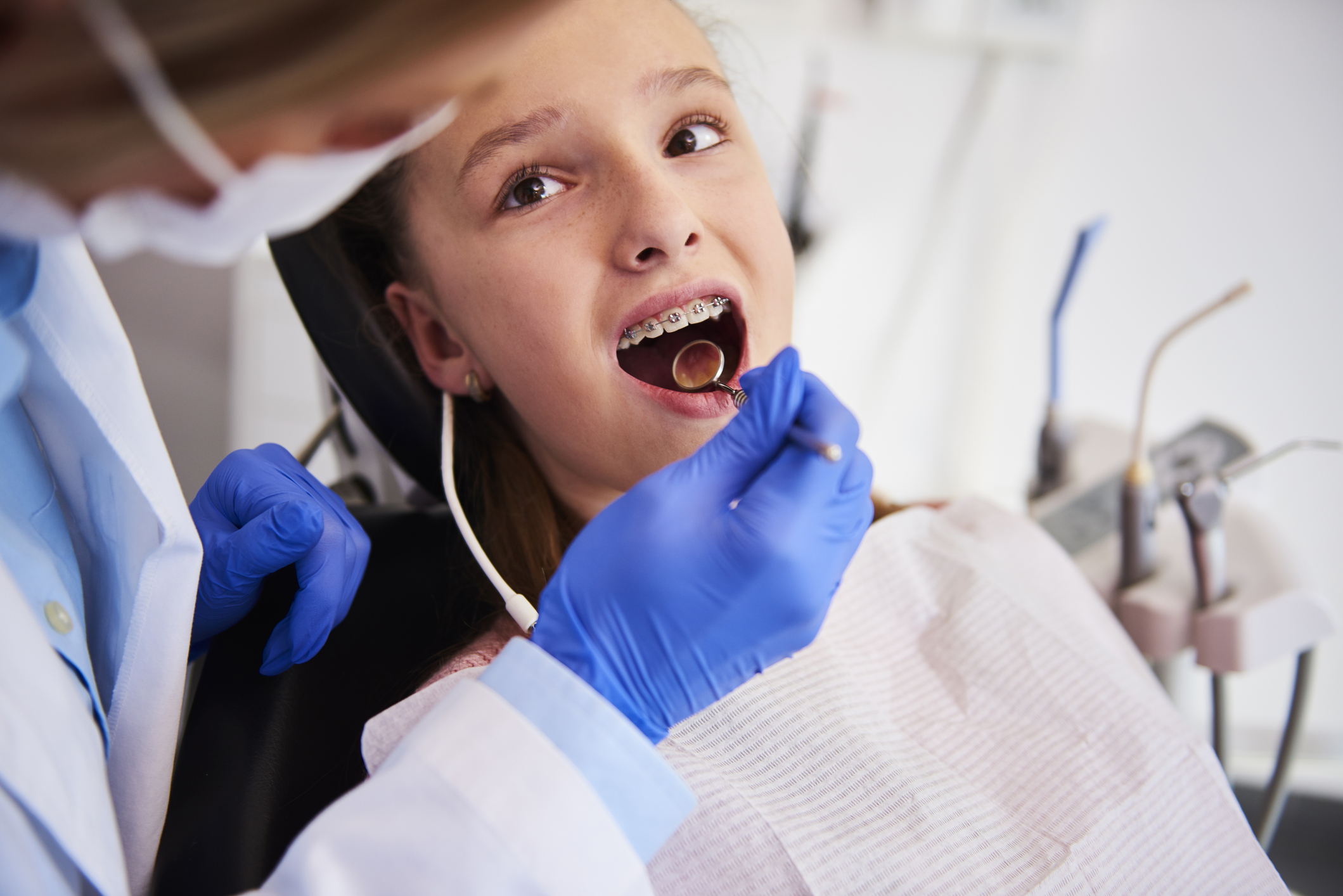Subtotal $0.00
New Year, New Smile: Start Your Invisalign Journey Today!
New Year, New Smile: Start Your Invisalign Journey Today! As the clock strikes midnight and we welcome a brand-new year, it’s time to embrace fresh starts and exciting possibilities. Among the resolutions to eat healthier, exercise more, and spend quality time with loved ones, there’s one
READ MORE










